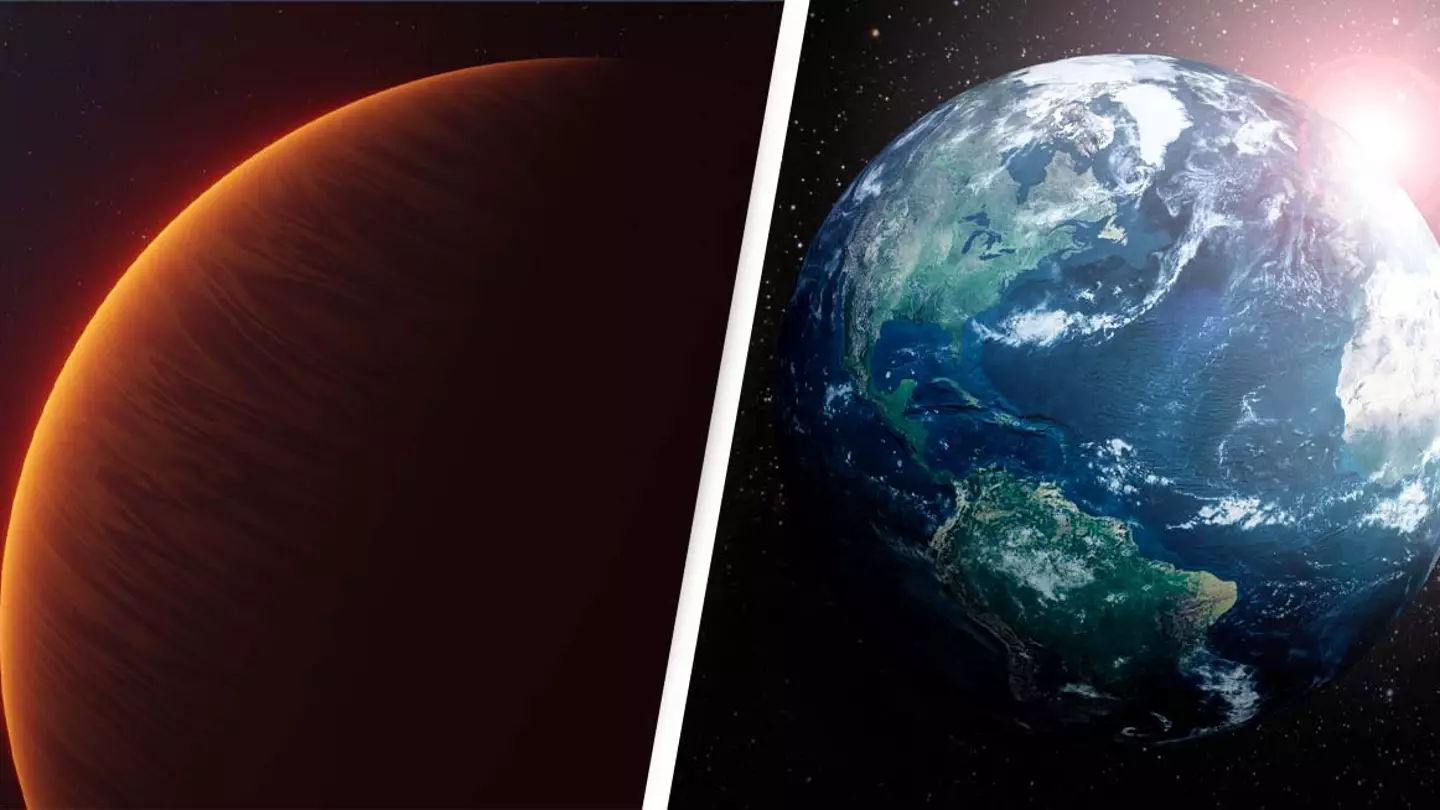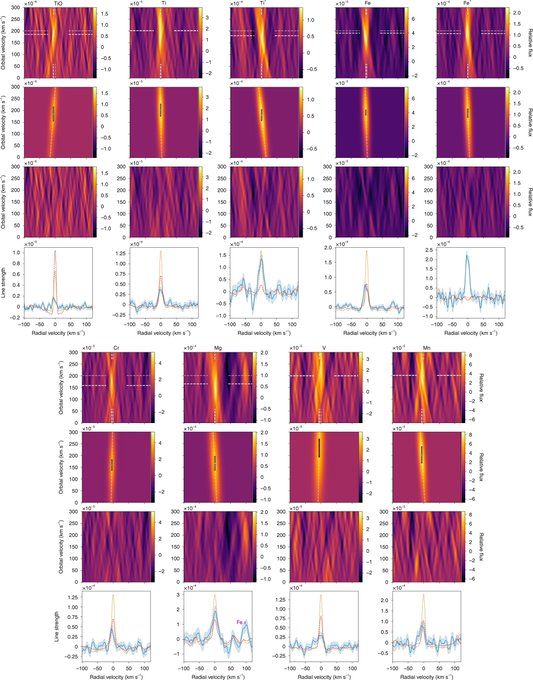
Scientists studying an 'ultra-hot' exoplanet have discovered that its atmosphere behaves in a similar manner to our own.
If you've ever complained about not being able to cool down in 30°C heat, just be glad you don't live on planet WASP-189b.
Located approximately 322 light-years away from Earth and 20 times closer to its star than we are to the sun, the exoplanet is made of gas and reaches a sweltering 3,200°C in the daytime. I bet 30°C doesn't seem so bad now, does it?

Described as an 'ultra-hot Jupiter' planet, WASP-189b was discovered in 2018, at which time scientists thought it wouldn't share any similarities with our home. It's a reasonable assumption, given the fact its star is one of the hottest in the universe. However, a paper published in Nature Astronomy on Thursday, January 27, revealed the two planets do have something in common.
Advert
Using the HARPS spectrograph at the La Silla Observatory in Chile, scientists analysed the starlight passing through the atmosphere of WASP-189b and found that its atmosphere may be made up of layers, CNET reports.
The discovery came contrary to prior belief, as Jens Hoeijmakers, an astrophysicist at Lund University and study co-author of the study, explained: 'In the past, astronomers often assumed that the atmospheres of exoplanets exist as a uniform layer and try to understand it as such.'
If the atmosphere of WASP-189b is made up of layers, that would make it similar to Earth, which is made up of an atmospheric layer called the troposphere, which starts at sea level, and the stratosphere, where the ozone layer is located.
Advert
Bibiana Prinoth, an astrophysicist at Lund University and lead author of the study, likened the absorbing of starlight in WASP-189b's atmosphere to the 'ozone absorbing some of the sunlight in Earth's atmosphere', noting that the gases in the atmosphere 'thereby leave their characteristic 'fingerprint''.
In their analysis, Prinoth explained, scientists noted that the ''fingerprints' of the different gases were slightly altered compared to [their] expectation'.
The astrophysicist said the researchers believe that 'strong winds and other processes could generate these alterations', with adjustments varying across the range of elements detected indicating the existence of layers on the planet.
Advert
As well as the discovery of layers in general, the team also found remnants of titanium oxide in WASP-189b's atmospheric shield, which absorbs shortwave radiation. The discovery of this suggests the existence of a layer on WASP-189b's atmosphere which works similarly to our own ozone layer.
The findings could alter the way exoplanet atmospheres are studied in the future, as Hoeijmakers stressed they indicate 'even the atmospheres of intensely irradiated giant gas planets have complex three-dimensional structures'.
If you have a story you want to tell, send it to UNILAD via [email protected]

